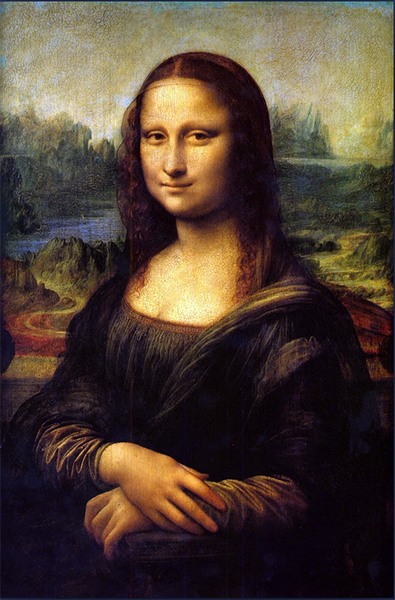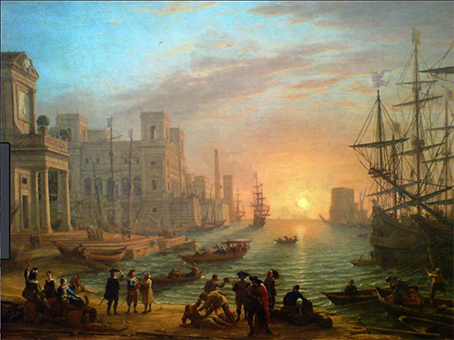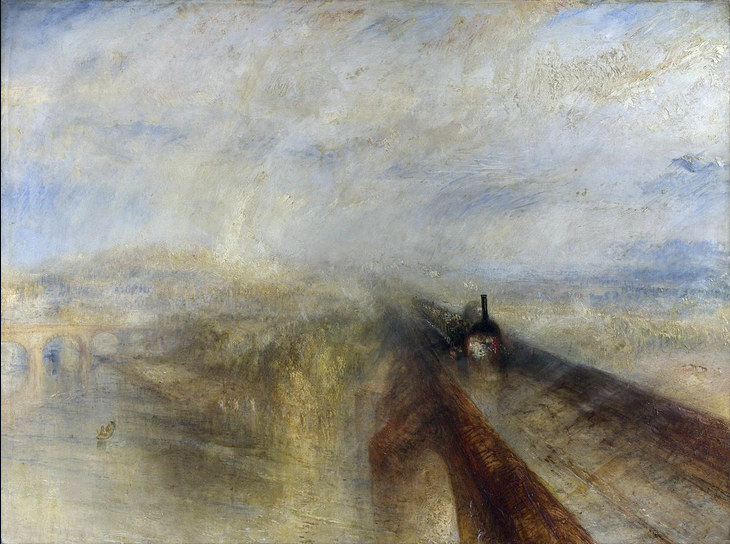Introduction to Chapter 4
It is well known that the Impressionists and their immediate successors (often referred to in my books as the Early Modernists) reacted strongly against what they saw as the straitjacket of the traditional ideas taught in the academies. The purpose of this Post is to publish Chapter 4 of “Painting with Light and Colour”, which provides a short introduction to what these actually were, with comments on the pros and cons of following them uncritically. Normally, I have been writing a separate introduction for my Posts but on this occasion I have used the Introductory from the chapter itself. Accordingly, when you open the link to the chapter below, you may want avoid reading the same thing twice.
Traditional ideas and their limitations
This chapter has four main purposes. These are to:
- Introduce some traditional ideas about the depiction of space and light.
- Discuss their limitations.
- Suggest that these are more comprehensive and satisfactory alternatives.
- Prepare the way for a better understanding of the significance of Seurat’s science and his colour based innovations.
The first of objectives is met by elaborating on three aspects of painting which, after being explored in some depth by the Renaissance artists, became embedded in the academic tradition. Although satisfactorily serving their purpose for the artists who followed them, it was these that were found wanting by the Impressionists. More importantly in the present context, it was also these that were given a new dimension by Seurat and those who built upon his ideas. The three aspects were detailed in the last chapter:
- Effects of the atmosphere on the appearance of distant hills (Aerial perspective (Leonardo da Vinci, Claude of Lorraine, Turner, etc.).
- Whole-field lightness relations (chiaroscuro) as a means of introducing a sense of the quality of light in the space that is being depicted (Leonardo da Vinci, Titian, Vermeer, Rembrandt, etc.).
- Shading, shadows, and highlights, used as a means of achieving of realism in paintings (Piero della Francesca, Caravaggio, Velasquez, etc.).
Significantly, as we shall see, it is only with respect to the first item on the list (atmosphere) that colour of any sort was seen as having a role to play. Even then only blue was required.
In contrast, the academic rules guiding the depiction of the quality of light and shading provided no function to colour. The practice of the Renaissance artists and the teaching of the Academies placed the emphasis exclusively on variations in “lightness” (what the English call “tone” and the Americans term “value”).
CHAPTER 4 : “RENAISSANCE IDEAS”
________________
3 images illustrating traditional ideas of aerial perspective



_________________________________
Posts relating to other chapters from “Painting with Light and Colour”:
- Introduction: the little known Science behind many of the original practical suggestions.
- Chapter 1 : The dogmas
- Chapter 2 : “doubts”.
- Chapter 3 : “The nature of painting”
- Chapter 4 : Renaissance ideas
- Chapter 5 : New Science on offer
- Chapter 6 : “Early Modernist Painters”
Thank you for this post. Interesting to be reminded of some of what was taught in the academies and how that linked to what followed.